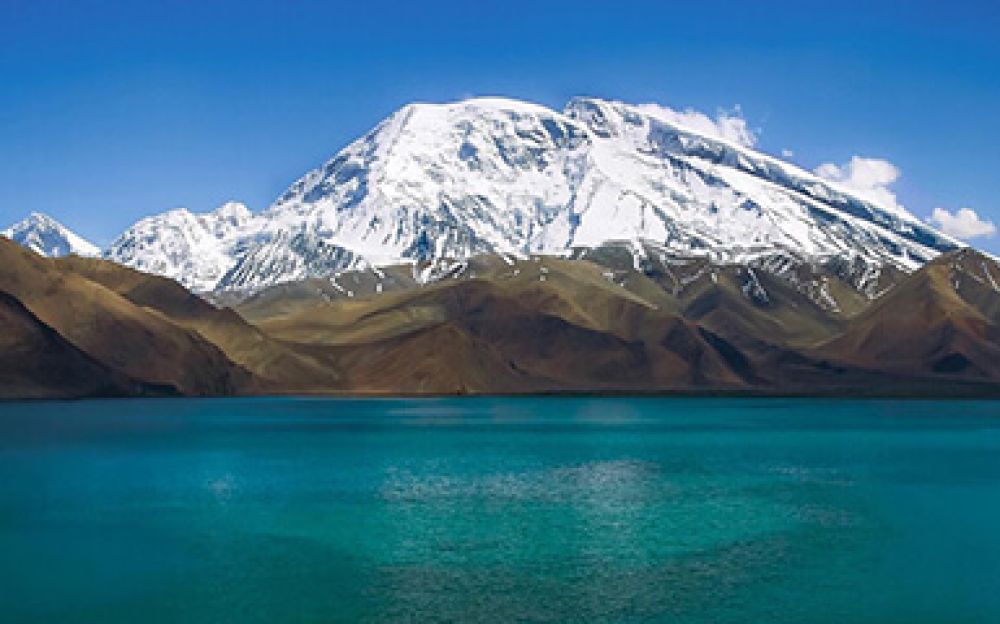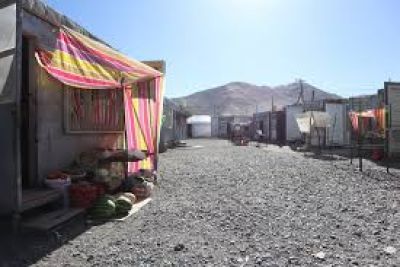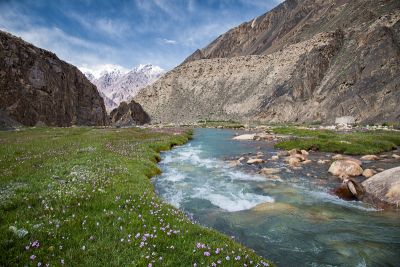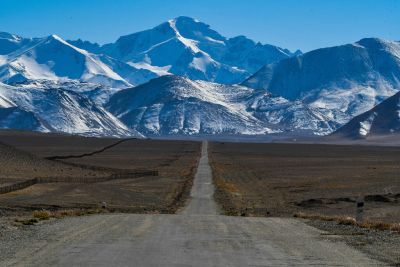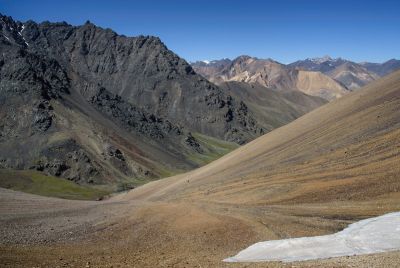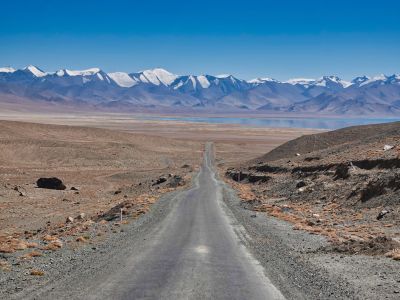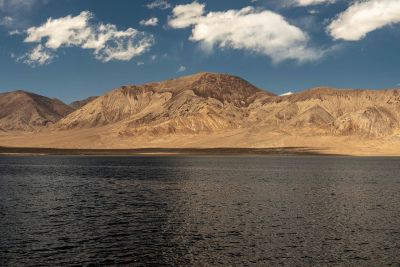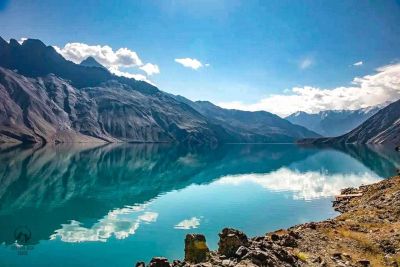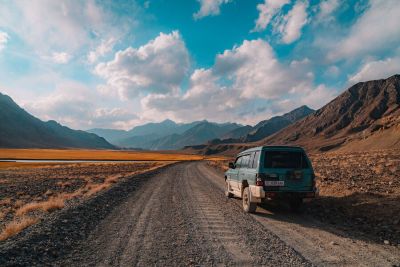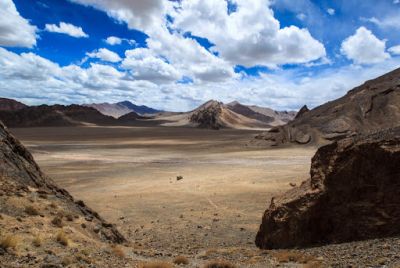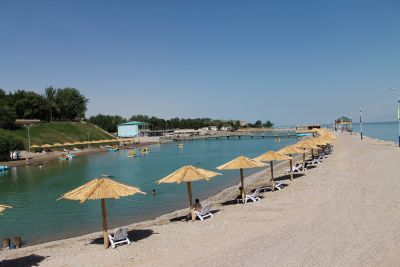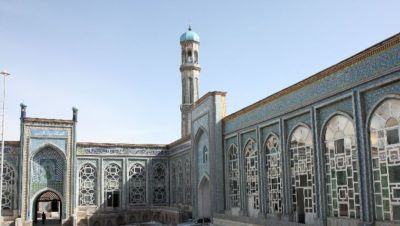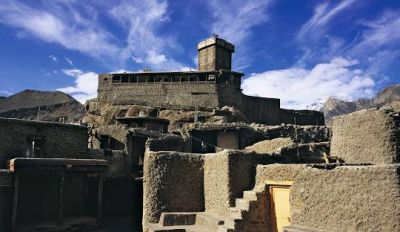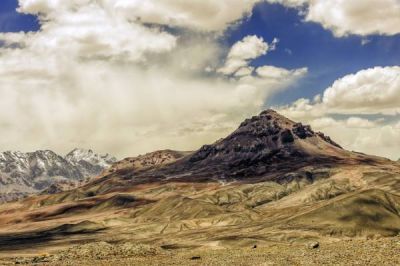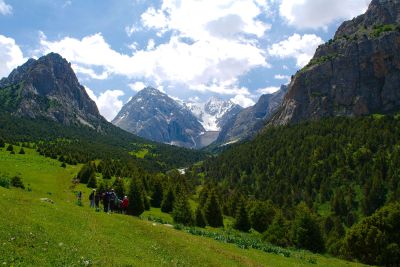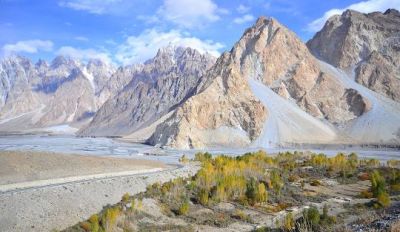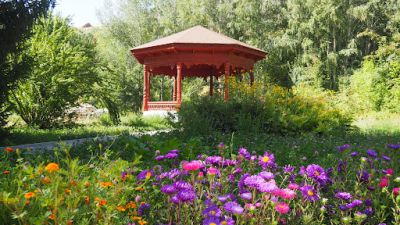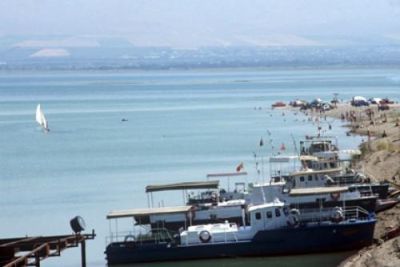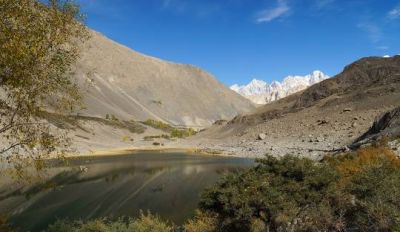Karakul Lake, Murghab, Tajikistan: A Jewel of the Pamirs
History of Tourism at Karakul Lake
Nestled at an altitude of roughly 3,960 meters in the eastern Pamir Mountains, Karakul Lake has long captivated travelers with its stark beauty and the unique landscape that surrounds it. The lake, which is roughly 25 km across, is one of the highest of its kind in Central Asia and is often referred to as "The Black Lake" due to its deep coloration.
The history of tourism in this region is relatively recent. For centuries, the area was known only to the nomads and traders who traversed the Silk Road routes. It wasn't until the 20th century, with the advent of the Soviet Union's push into Central Asia, that Karakul Lake began to appear on the radar of those outside the immediate region.
In the late 20th century, as the Silk Road's legacy gained romantic appeal, intrepid travelers started to venture to Karakul Lake. The break-up of the Soviet Union in 1991 and the subsequent opening of Tajikistan's borders contributed further to a slow but steady growth in tourism. Modern infrastructure remains sparse, and tourism is based primarily around eco-tourism and adventure travel.
Latest Tourism Trends at Karakul Lake
In recent years, there has been a concerted effort to promote responsible and sustainable tourism in Tajikistan, with Karakul Lake being a key focal point for these initiatives. The lake's stunning, lunar-like environment attracts trekkers, mountaineers, and cultural enthusiasts who come to experience the unspoiled landscapes and gain insight into the lives of local Kyrgyz nomads.
With the rise of eco-tourism, visitors are encouraged to minimize their environmental impact. This includes staying in homestays or yurts with local families, which supports the community directly and offers a cultural exchange experience.
Furthermore, there is increasing awareness amongst visitors for the need to protect Karakul Lake's fragile ecosystem. The lake is part of the larger Pamir National Park, a project aimed at preserving the biodiversity of the area and supporting the development of sustainable tourism practices.
Another trend is the growth of photography tourism, as the lake's surreal vistas offer compelling subjects for professionals and amateurs alike. The area's clear skies also make it a popular destination for stargazing and astrophotography.
